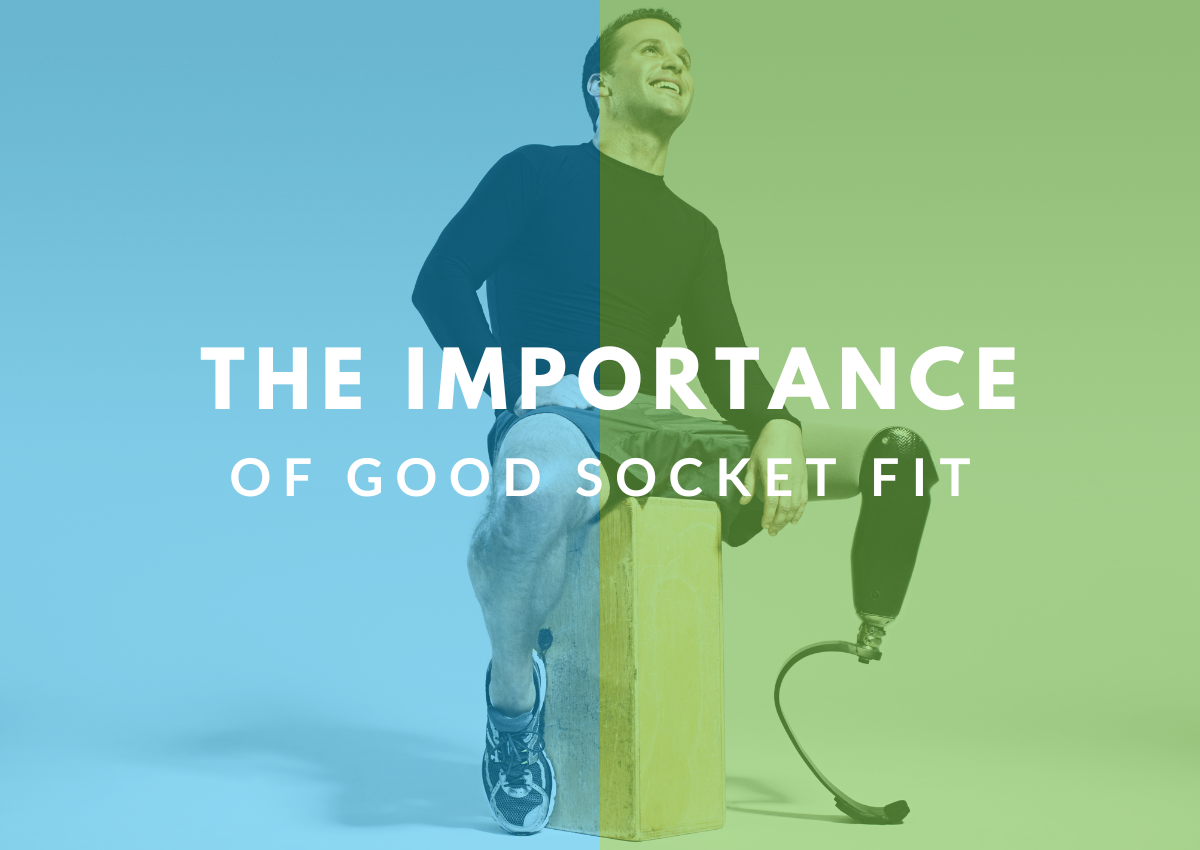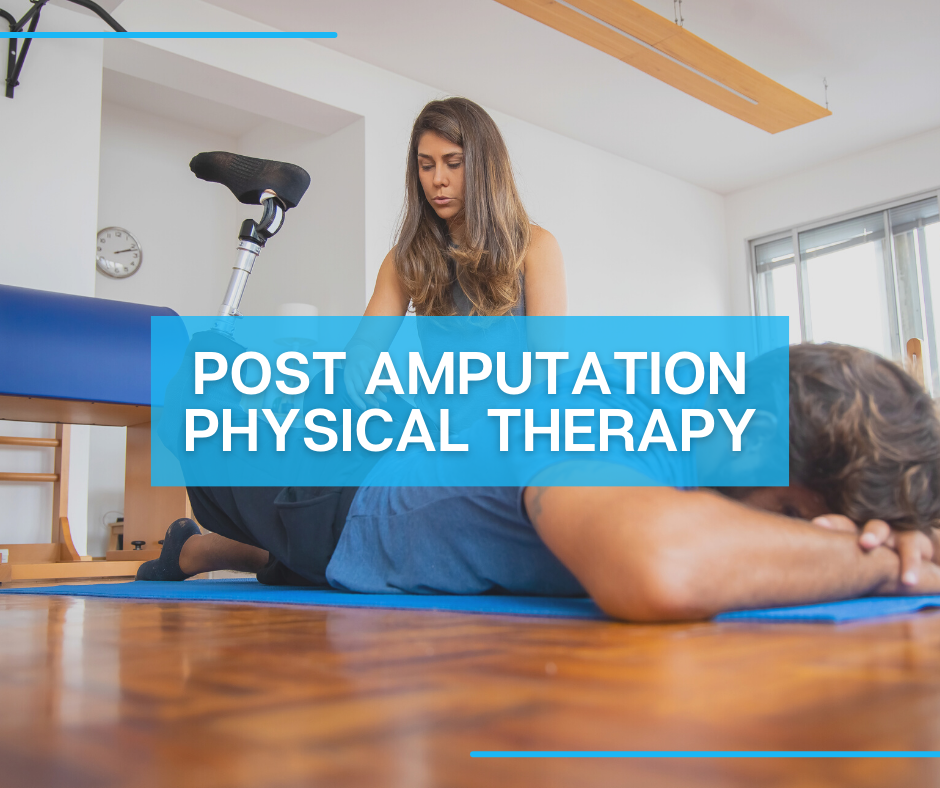
Socket Fit With Your Limb Prosthesis

What Does "Socket Fit" Mean?
The socket is the primary interface between a residual limb (stump) and a prosthetic device. The socket wraps the end point of the residual limb and forms a suction between the residual limb and the prosthesis. Most sockets are made of polypropylene and have a socket sleeve that helps facilitate a comfortable fit between the stump and the prosthesis.
Socket fit is the most important part of a prosthetic device, especially for lower limb amputees, because it helps distribute the wearer’s weight and allow fluid, comfortable movement.
For upper limb amputees, the socket fit connects the prosthesis to the other parts of the arm, like a wrist joint or elbow joint.
A socket is custom made to fit the contours and dimensions of each unique residual limb, to achieve an optimal fit.
A poorly fitting socket can cause serious issues with prosthetic feet, prosthetic legs, prosthetic arms and prosthetic hands. Poor fit can cause sores, ulcers, injury, balance issues and general discomfort. Poor fit can also cause setbacks in an amputee’s rehabilitation process.
How Do You Get A Good Fit With Your Prosthetic Socket?
The most important part of getting a good socket fit with your prosthesis is to communicate honestly with your prosthetist throughout the prosthetic fitting process.
Before your final socket is made, your prosthetist
can make a test socket to ensure that the fit and function of your socket is ideal. The test socket is made from a clear material so your prosthetist can observe any issues with the fit of the socket. Rubbing, redness, discomfort and blisters can be adjusted before the final socket is created.
Another important part of achieving good socket fit is to carefully observe any changes in the shape or size of your residual limb.
The body is ever changing, especially if diet and exercise change. Because a residual limb is part of the body, it is vulnerable to these changes, too. This can cause the socket fit of a prosthesis to change.
Minimizing changes in weight are an important part of maintaining a good socket fit with your prosthesis. You should also regularly check your stump for changes in skin texture and appearance, and pay close attention to how your prosthesis feels during wear. Changes in wear can signal a worsening socket fit.
It’s also important to pay attention to the way your prosthesis fits throughout all activity levels. If your prosthesis doesn’t feel comfortable and natural when you’re very active, your prosthetist needs to readjust your fit.
Achieving A Good Socket Fit With AOD Prosthetics and Orthotics
Becoming an amputee can bring challenges and setbacks. However, it’s important to work closely with your amputee rehabilitation and prosthetic team to make those challenges easier to weather.
AOD Prosthetics and Orthotics in San Antonio is proud to offer
a full range of resources and support for amputees, including pre-amputation evaluation to advanced prosthetic fittings, follow ups and more.
Contact AOD Prosthetics and Orthotics today to learn more.
Treatment & Planning for Tomorrow
AOD Prosthetics & Orthotics combines the highest technology available with the best patient care. Bilingual mobile prosthetic service in San Antonio. Serving amputees and improving their quality of life.

All Rights Reserved | AOD Prosthetics & Orthotics | San Antonio, TX


